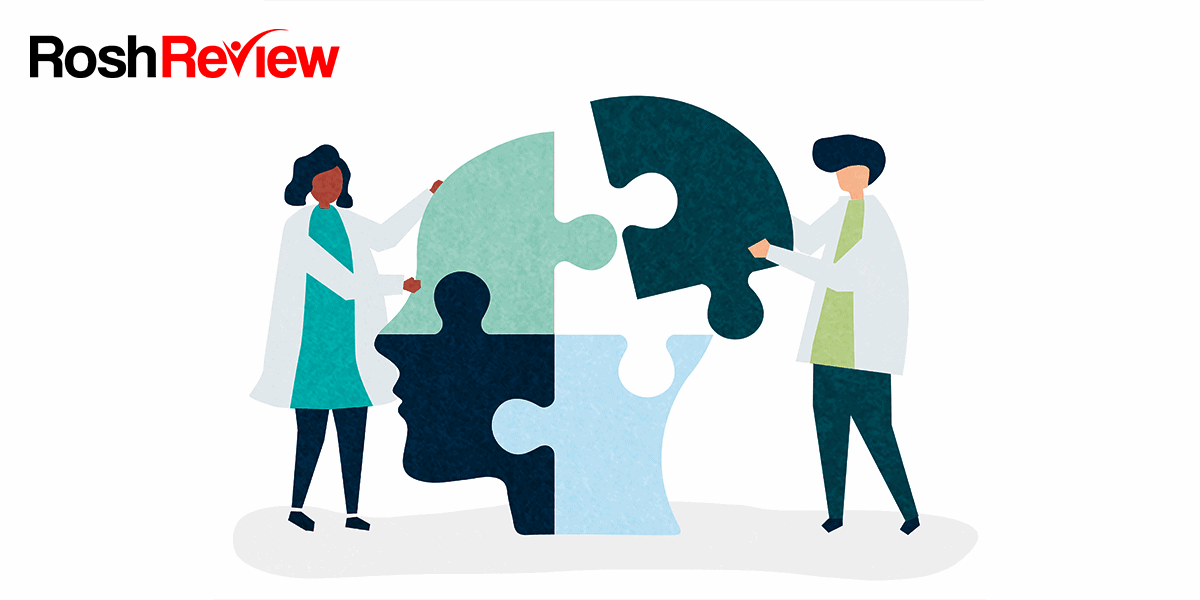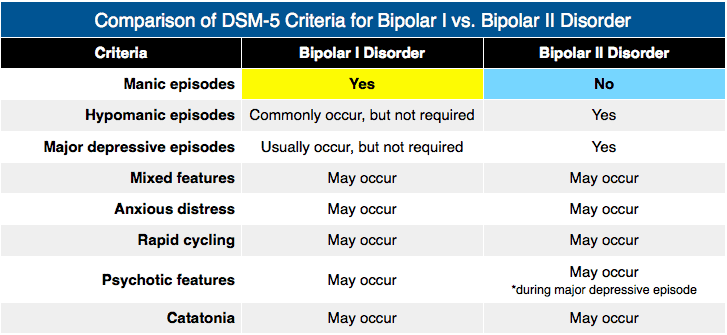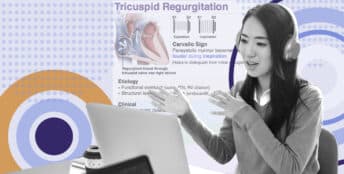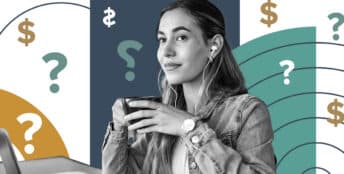Announcing the Psychiatric-Mental Health Nurse Practitioner Certification Exam Qbank

The Psychiatric-Mental Health Nurse Practitioner (PMHNP) Certification Exam Qbank is the newest Rosh Review Qbank for nurse practitioners. This Qbank contains over 1,300 board-style questions that align with the ANCC blueprint and will give you the confidence and preparation you need to pass your exam.
Every question includes comprehensive explanations for the correct and incorrect answer choices. Plus you’ll enhance your learning with teaching images and tables (some say the “most beautiful explanations on the planet!”), One Step Further™ questions (to reinforce learning points), and Rapid Reviews™ (like having digital flashcards).
Here’s a sample question and explanation:
A 23-year-old woman is diagnosed with her first episode of major depressive disorder and is prescribed venlafaxine. After taking one dose, she develops elevated mood, racing thoughts, pressured speech, increased energy, and insomnia, which persist for one month. She does not have any hallucinations or delusions. She is worried about finances, as she lost her job due to her erratic behavior, including flirtatious behavior with colleagues and customers. Which of the following is the most likely diagnosis?
A. Bipolar I disorder, current episode manic
B. Bipolar II disorder, current episode hypomanic
C. Cyclothymic disorder with anxious distress
D. Venlafaxine-induced bipolar and related disorder
Answer A
The patient is experiencing an episode of mania, which is distinct from hypomania by the severity of symptoms (e.g., symptoms cause dangerous or substantial negative effects on patients’ or others’ lives), the presence of psychotic symptoms, or the need for hospitalization. Therefore, bipolar I disorder, current episode manic is her diagnosis. Although the patient had a single dose of an antidepressant prior to the development of her manic symptoms, the diagnosis of substance/medication-induced bipolar and related disorder is excluded due to the continued symptomatology. Substance/medication-induced bipolar and related disorder is characterized by a persistently elevated, expansive, or irritable mood that may or may not be accompanied by depressive symptoms (e.g., depressed mood, anhedonia). Symptoms begin during or soon after using a substance, exposure to a medication, or withdrawal from a medication or substance capable of producing the symptoms. In addition, mood episodes cause significant distress or impair psychosocial functioning. Substances capable of inducing mania or hypomania include alcohol, hallucinogens (e.g., phencyclidine), and stimulants (e.g., cocaine), while capable prescribed medications include antidepressants, corticosteroids, and benzodiazepines. Patients who experience significant mood disturbance symptoms beyond the physiological effects of the substance or medication (i.e., one month in this patient) are considered to have bipolar disorder rather than a substance–induced disorder.

Bipolar II disorder, current episode hypomanic (B) and cyclothymic disorder with anxious distress (C) are both excluded due to the presence of a manic episode. While bipolar II disorder requires a history of at least one major depressive episode and one hypomanic episode, cyclothymic disorder is defined by numerous periods of depressive and hypomanic symptoms that have never met criteria for a major depressive episode or hypomanic episode, respectively. Venlafaxine-induced bipolar and related disorder (D) is incorrect because the patient’s manic episode has lasted well beyond the physiological effects of a single dose of venlafaxine, qualifying her for bipolar I disorder.
One Step Further question:
True or false: coarse tremor is a common side effect of lithium.
One Step Further answer:
True.
Try a free trial of the Psychiatric-Mental Health Nurse Practitioner Certification Exam Qbank to see if it’s the right fit for you.
Study on,
The Rosh Review Team





Comments (0)